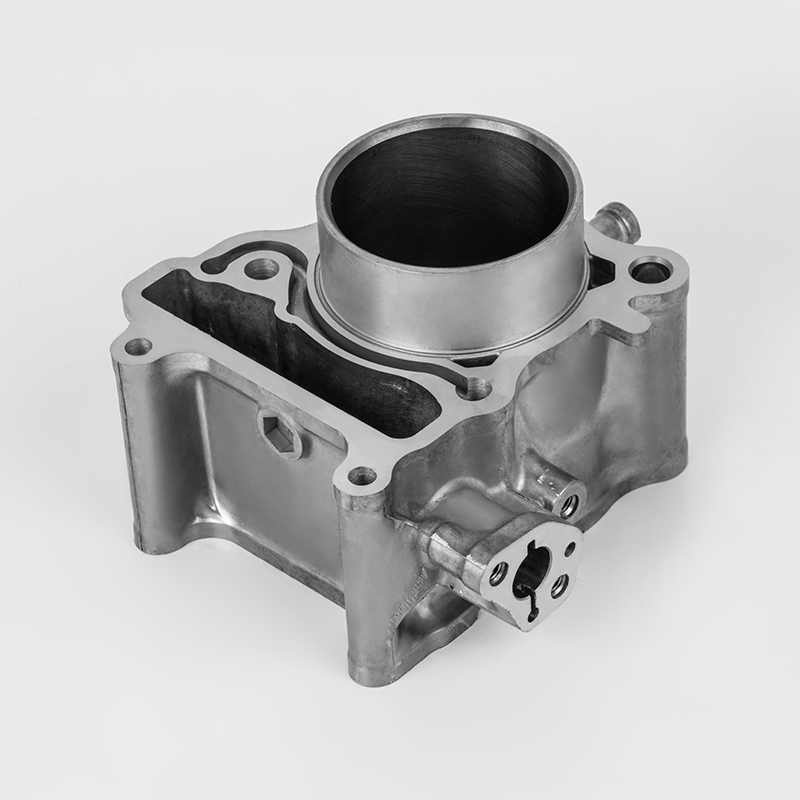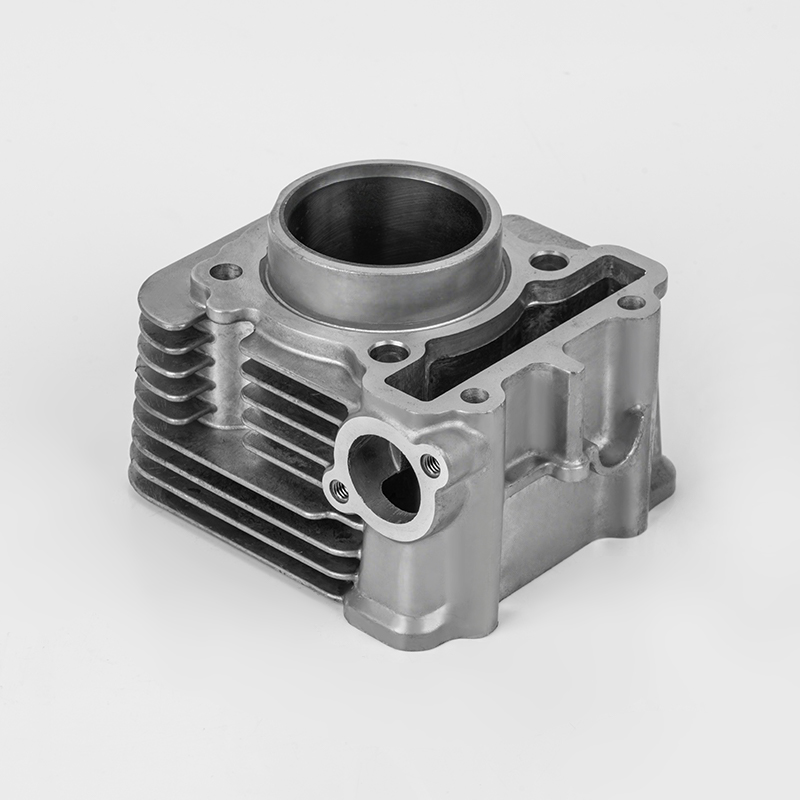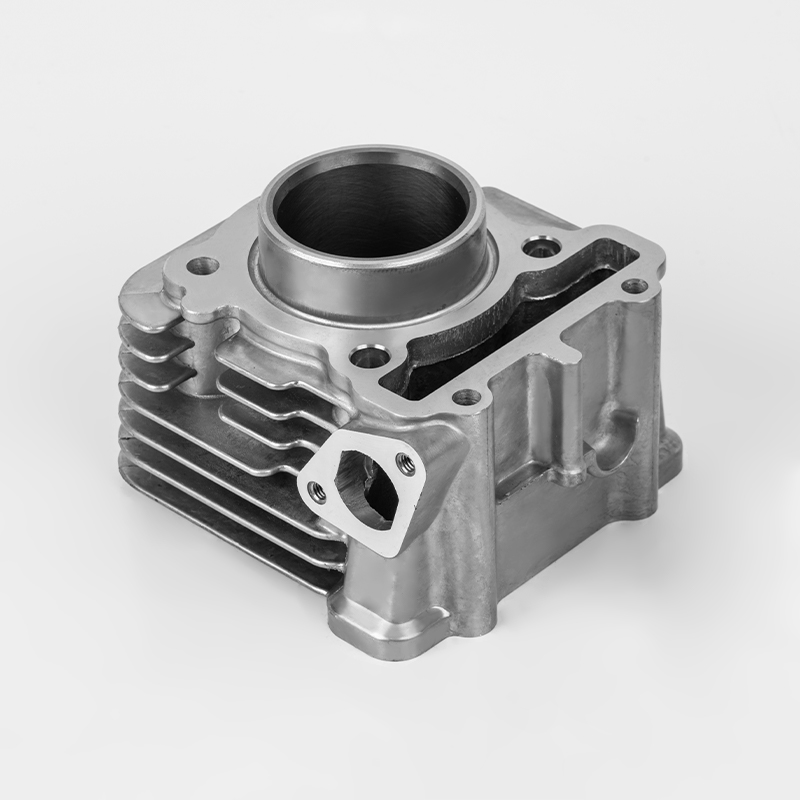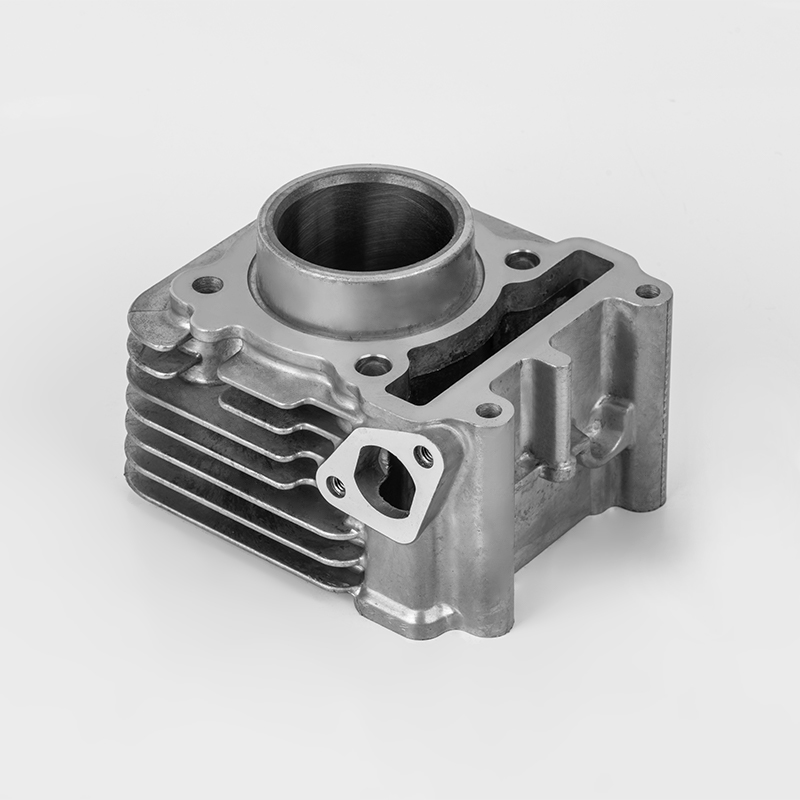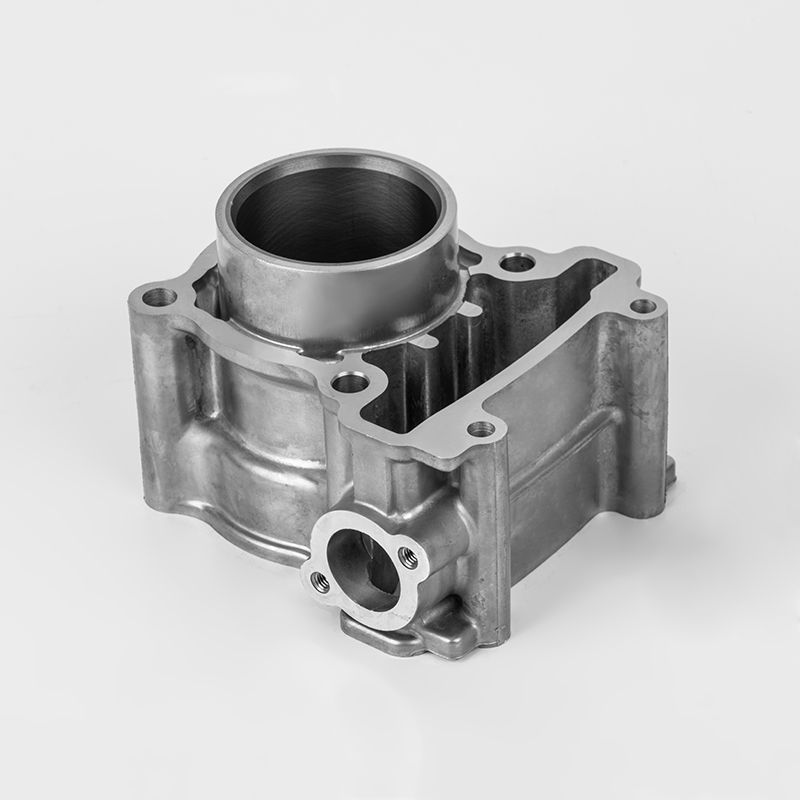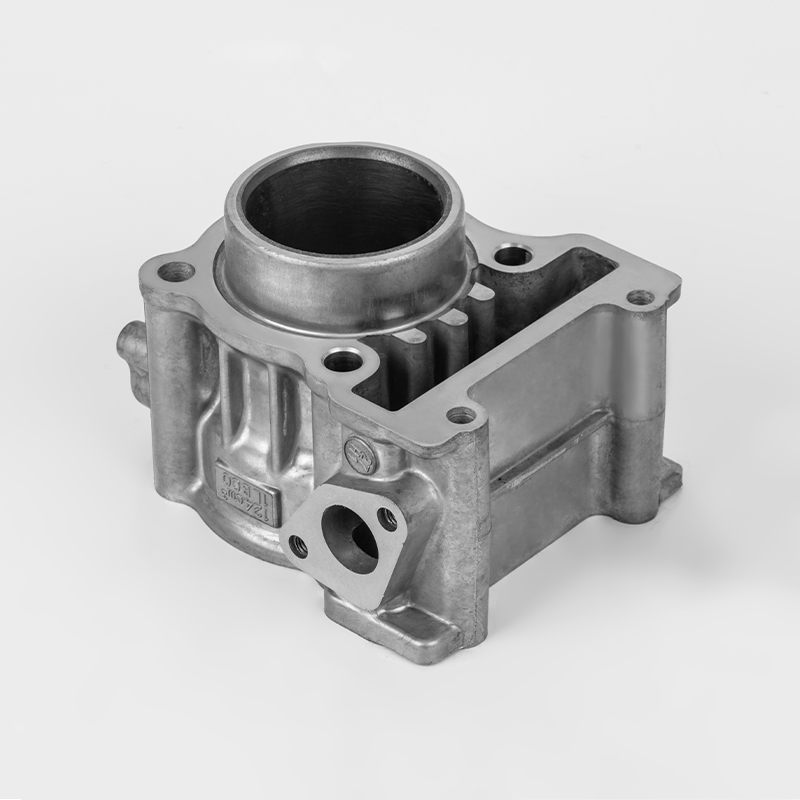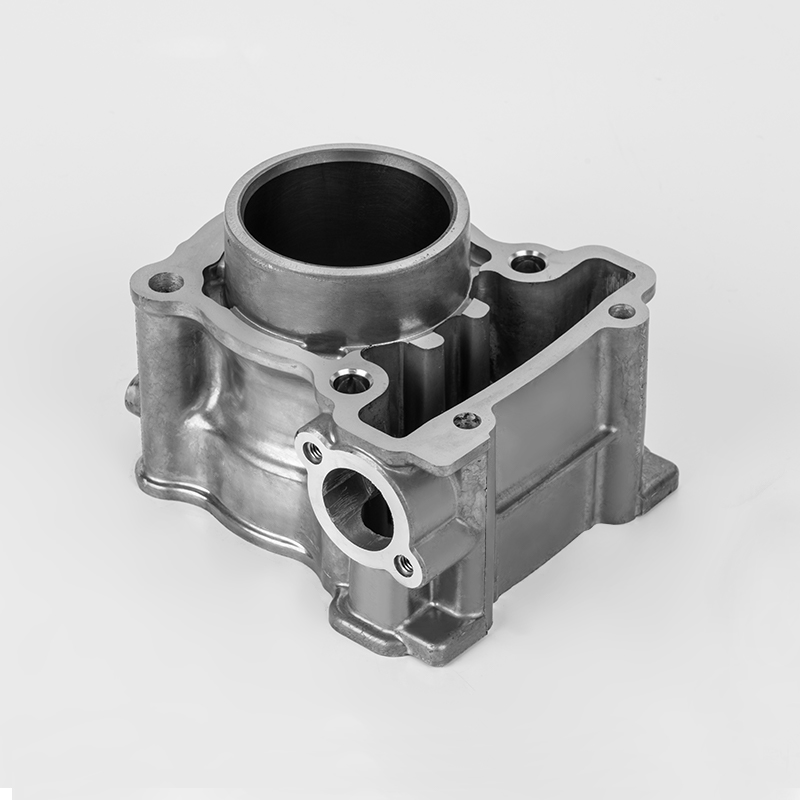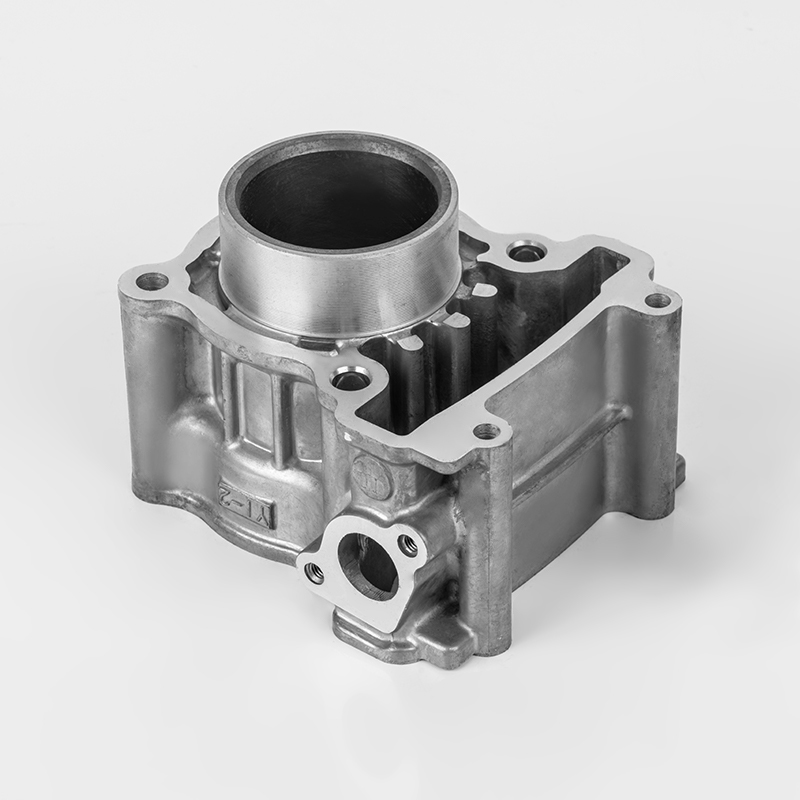Yes, motorcycle cylinders can be overbored to increase engine displacement. Here's how and why it works, along with critical considerations:
1. Purpose of Overboring
Displacement Gain: Enlarging the cylinder bore diameter increases the engine's swept volume, allowing more air-fuel mixture per combustion cycle.
Power Boost: Larger displacement typically yields higher torque and horsepower, especially in the mid-to-low RPM range.
Restoration: Removes scratches, corrosion, or ovality in worn cylinders, extending engine life with new pistons.
2. Process Overview
Machining: A machine shop uses a boring bar to precisely widen the cylinder's inner diameter.
Honing: After boring, a hone creates a crosshatch pattern on the cylinder walls for proper piston ring seating and oil retention.
Piston Upgrade: New, larger-diameter pistons and rings must be installed to match the enlarged bore.
3. Critical Limits
Wall Thickness: Removing too much material weakens the cylinder, risking cracks or warping under combustion pressure.
Maximum Overbore: Determined by the cylinder's original casting; engines often have "service limits" (e.g., +2mm max). Exceeding this risks failure.
Coating/Liner Compatibility:
Iron liners: Can be rebored if sufficient material remains.
Coated aluminum (e.g., Nikasil): Harder to machine; may require specialist equipment or liner installation.
4. Key Benefits
Cost-Effective Power: Cheaper than full engine swaps for noticeable gains.
Custom Tuning: Matches displacement to aftermarket components (carburetors, cams).
Restores Compression: Corrects wear-related pressure loss in high-mileage engines.
5. Risks and Downsides
Thin Walls: Over-aggressive boring causes overheating or cylinder flex, reducing durability.
Cooling Challenges: Increased displacement generates more heat; stock cooling systems may struggle.
Oil Consumption: Poor machining can lead to ring seal issues, causing oil burning.
Emissions/Legality: May violate road-legal emissions standards or void warranties.
6. When to Avoid Overboring
Modern engines with advanced coatings (risk damaging the surface).
Multi-cylinder engines requiring perfectly matched bore sizes.
Rare/vintage bikes where originality affects value.

 English
English Español
Español عربى
عربى

